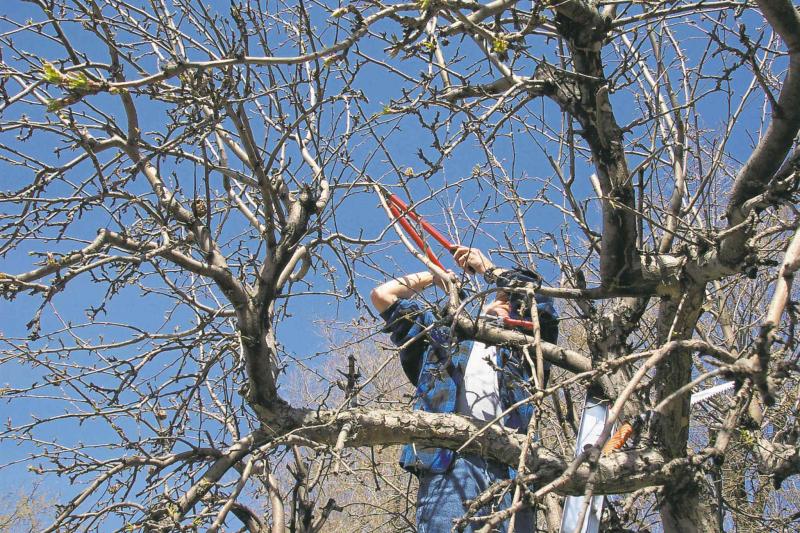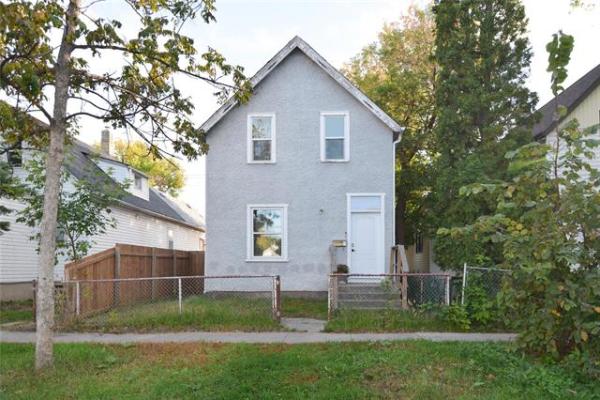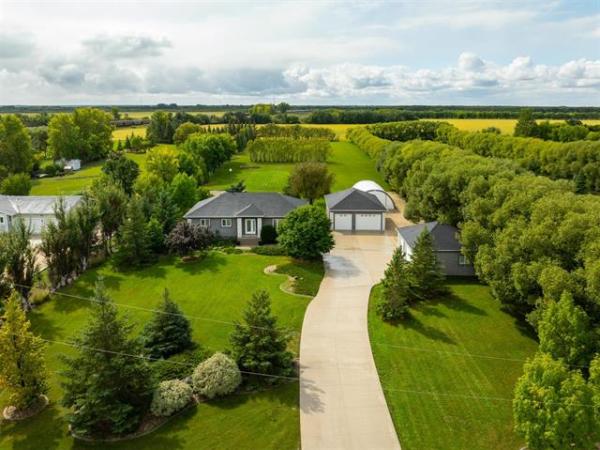Lots of people like to save money if they can do the job or most of the job themselves.
I receive hundreds of calls each year about concerns people have with their trees and shrubs. There are essentially four areas associated with trees and shrubs of which people are concerned: (1) what's wrong with the tree; (2) how to deal with insect pests; (3) how to deal with diseases; and (4) how to deal with tree structural problems that relate to dead branches, hollow cavities in the tree, and two or more trunks near the base of a tree cluster that seem like they want to split apart and come crashing down onto a building.
Now, not all these issues should be tackled by a property owner who is not experienced in carrying out potentially dangerous tasks. I will provide examples.
For example, dead or broken limbs in a small tree (no more than 15 feet high) such as an ornamental flowering tree or a fruiting tree can be pruned off by a handy and agile homeowner with appropriate sharp tools and a ladder secured by rope to the tree. It is easier to prune in the fall than the summer. You can mark the dead branches in the summer with readily visible bright-coloured paint spots, and remove the branches in the fall.
But in a taller tree, leave pruning to the professionals. Only if you are an experienced tree climber and pruner should you venture higher into taller trees to do the pruning. An experienced tree climber/pruner knows to properly secure themselves to two separate places in the tree. Licensed arborists have the proper climber's rope and gear, which are essential. For most of us, hiring a licensed arborist is the safer route.
Want to know how you, the homeowner, can safely and effectively take care of your trees and shrubs? Every year, I give adult educational courses through the Louis Riel School Division on how owners can work with their smaller trees and carry out basic pruning using the correct method themselves. I also show how to properly prune woody shrubs.
Trees that have been weakened by diseases and pests will look 'sick.' The leaves may be spotty with orange, brown or black blotches, have noticeable holes, or are falling off prematurely in the summer. Holes in leaves are often caused by caterpillars.
If you have noticed leaf problems in the past, starting this spring spray your trees and wood shrubs with water as soon as the leaves appear. Do the top and under sides of leaves. Do this weekly for two months. Be careful that you do not use too much water pressure near developing flowers.
Water spray will knock off eggs and crawling insect/mite nymphs before they mature into serious feeding pests. Once these young pests hit the ground they are finished, as they need to be in the plant to feed. If you see caterpillars, you can use an environmental spray product such as BtK. These treatments apply to evergreen conifers (needle leaf shrubs and trees) as well. If you are spraying approved chemicals for the problem, be sure to follow the safe handling instructions on the product's package.
How do you know what is natural fall foliage colour changes versus when a tree is exhibiting signs of stress or disease? Is there anything a homeowner can do themselves to identify and eradicate a tree disease once started?
I have recently published a book that is a guide for urban prairie property owners and others on what they can do about tree diseases. The guide, in plain language suitable for the layperson, helps you identify the tree and potential problems that tree might have and what options you have to control the problem either by yourself or with the assistance of a licensed spray applicator.
Michael Allen M.Sc.F., RPF (ret.) is a consulting urban forester, tree diagnostician and certified arborist. He owns Viburnum Tree Experts, a Manitoba company that provides objective assessments of the condition and the care required for trees and shrubs on home and business landscapes. He is available to visit homes and gardens. He can be reached at 204-831-6503 or 204-223-7709, or viburnumtrees@shaw.ca. His website is treeexperts.mb.ca.
Michael's new book: 'Dr Tree's Guide to the Common Diseases of Urban Prairie Trees' is available from the author or from McNally Robinson book store.




